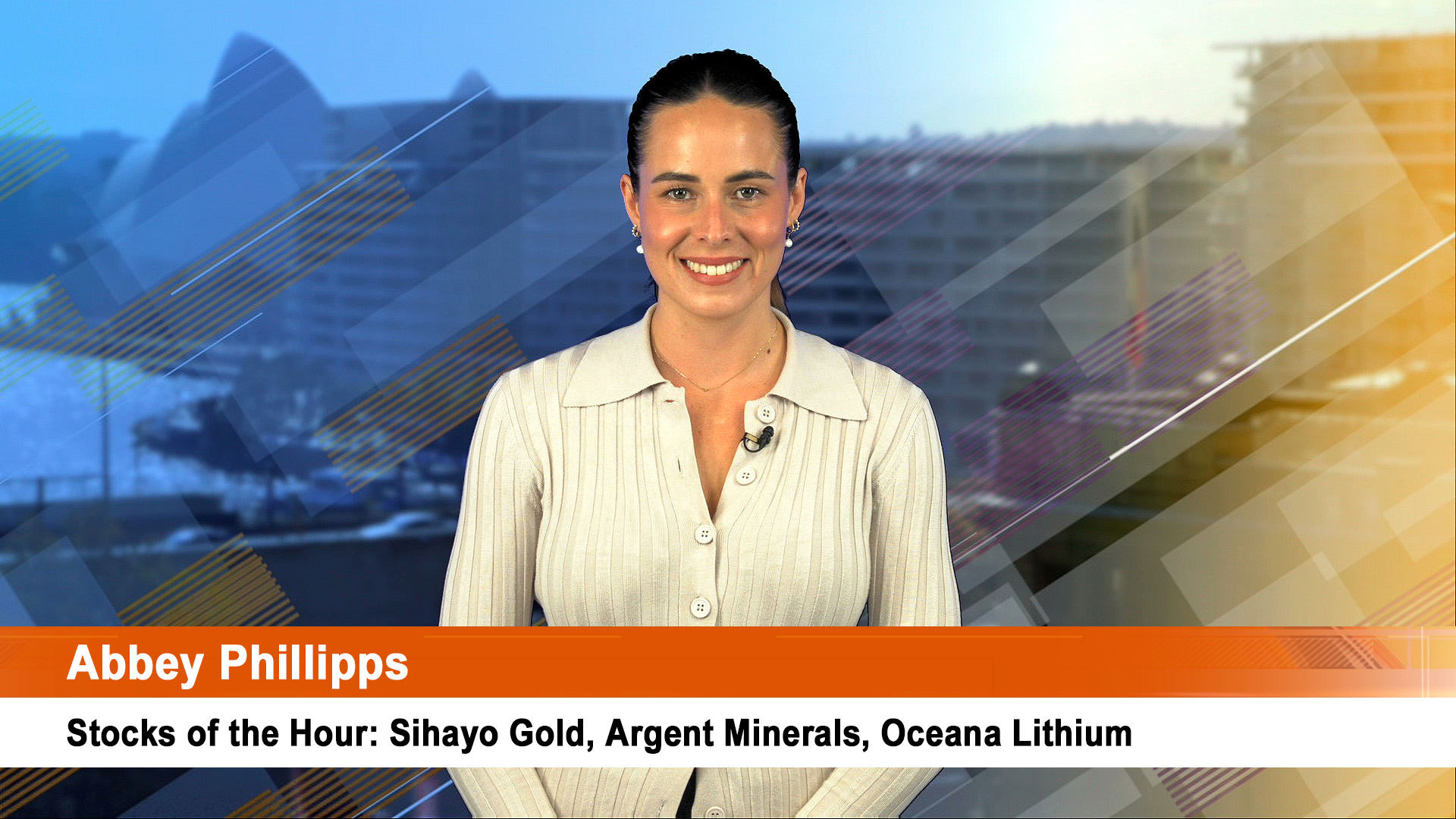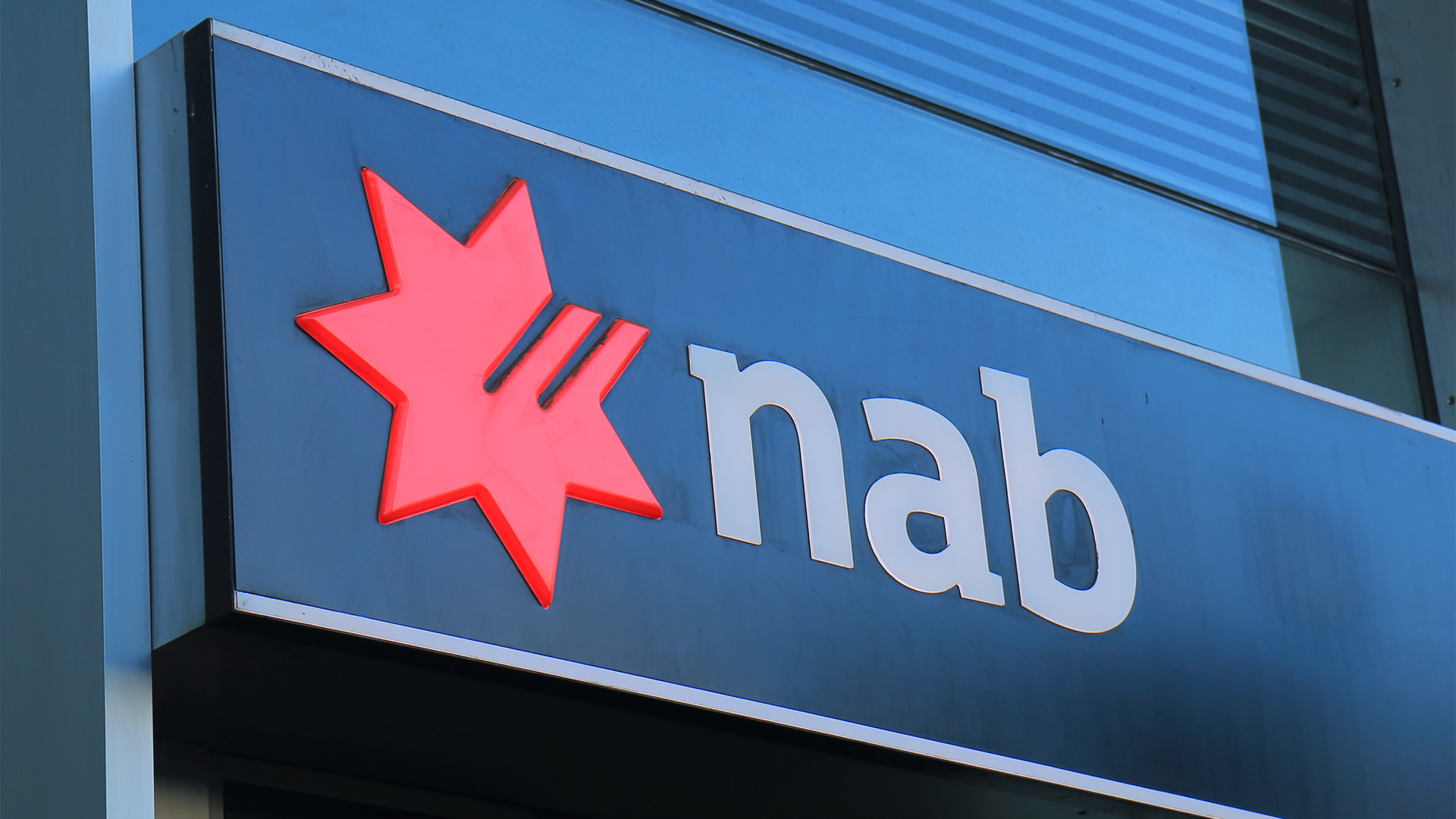BHP Billiton shares fell yesterday because some shareholders were unhappy at the news of the sharply higher interim profit, higher dividend and a new, higher share buyback.
But if you look at what happened to the BHP share price since the end of January, yesterday’s sell off is easy to see, especially if you are a hedge fund or an aggressive private investor.
BHP shares were $44.25 on January 31 when the first of the broking forecasts for the interim profit started appearing.
Investors then took the shares up to a 33 month high on Tuesday of $47.36, a gain of just over $3.10, or around 7% in two weeks of trading.

If you are a hedge fund and you are looking at a 7% gain in such a short period of time, using borrowed money, you have probably made a lot of loot, not as much as BHP did in the December half year, but more than enough to give a fillip to this quarter’s trading profits.
So as soon as the reason for the price rise was released yesterday (the interim profit announcement), there was no reason to hold the shares, taking a profit was the order of the day, so the selling hit the market, knocking the shares down almost 2% to $46.45.
While down 91c, that’s still 5% above where the shares were at the end of January.
The ended the day down 77c or 1.6% at $46.59.
While the company made a fantastic amount of money on a net tax basis at $US10.7 billion, which was a few hundred mill. (Better than the flat-footed analysts had figured out), it was actually a lot better than that.
Look at the way BHP presented its results at the top of its release the company didn’t highlight the net result, instead it said:
"Record financial results including Underlying EBITDA up 60% to US$17.3 billion, Underlying EBIT up 74% to US$14.8 billion and Attributable profit (excluding exceptional items) up 88% to US$10.7 billion."
See, BHP treats the net figure as the third most important figure.
Like all companies they look at what’s left over after basic running costs are deducted from revenue, but before those moveable accounting feasts of interest, tax, depreciation and amortisation.
Seeing revenue was just over $US34 billion in the half year, that $US17.3 billion figure works out as a gross profit margin of around 50% (or 50c in every dollar).
BHP itself modestly used the earnings before interest and tax comparison to say that "Strong margins and returns reflected by the increase in Underlying EBIT margin to 46% and Underlying return on capital to 41%".
The Commonwealth Bank last week revealed a return on shareholders funds (underlying capital) of 19.2% and the community thinks it and its bank mates are too profitable. Why not think the same about BHP?
BHP had operating cash flow of US$12.2 billion and an ungeared balance sheet supports. It had no net debt by the end of last December; in fact it had $US200 million in cash, thanks to more than $US16 billion in cash sitting in its various bank accounts on December 31.
And what did it do with its loot?
Gave shareholders an extra 6 USc a share to 48 USc for the December half (from 42 USc); and announced a $US10 billion share buyback program, on top of the $US4.2 billion buyback that was restarted late last year in the wake of the failure of the Potash Corp bid.
But that buyback is a top of the existing unfilled $US4.2 billion one that was reactivated last year.
In other words it will hold on to much of its cash and profit.
First-half earnings from iron ore nearly tripled, while earnings from base metals, including copper, jumped 45%.
Petroleum earnings, which set BHP apart from other big miners, rose 23%.
Another two quarters like the first half (and this quarter has already seen significant rises in the price of coal, iron ore, oil, nickel and copper) and BHP will be looking at a $US17 billion boost from higher prices alone, and operating earnings in the vicinity of $US33 billion.
The company noted some 57% of its $US 14.8 billion in earnings before interest and tax came from price increases alone (that’s around $US8.5 billion) and $US4.3bn, or 30%, from iron ore prices alone.
At Rio, higher commodity prices contributed $US9.5 billion to the miner’s $US13.98 billion full-year profit.
Rio will get another boost this year from its iron ore and copper business, but it’s been left behind by BHP.
(But we now that in the 2011-12 year, BHP will hit the wall… no one can seriously expect another China windfall and Australian floods to boost prices and a 70% profit rise, for a second year in a row.)
China remains the company’s single biggest customer, accounting for 29% of all purchases, followed by the rest of Asia ex-Japan at 23%, Japan at 13%, Europe 12%, North America at 8% and Australia 7%.
BHP effective tax rate fell from 30.2% to 24.4% in the last half, despite the 74% surge in earnings, thanks to the appreciation of the Australian dollar which increased deductions. (The higher Australian dollar also had a negative impact on the revenue side.)
Aluminium was the only business not to flourish.
Of the $US14.8 billion in earnings before interest and tax (EBIT) aluminium made all of $US17 million.
That was down from an already miserable $US137 million in the previous corresponding period.
How long before it is sold to Alcoa, Rio or another company in that industry.
And, aluminium was in the old Bi













